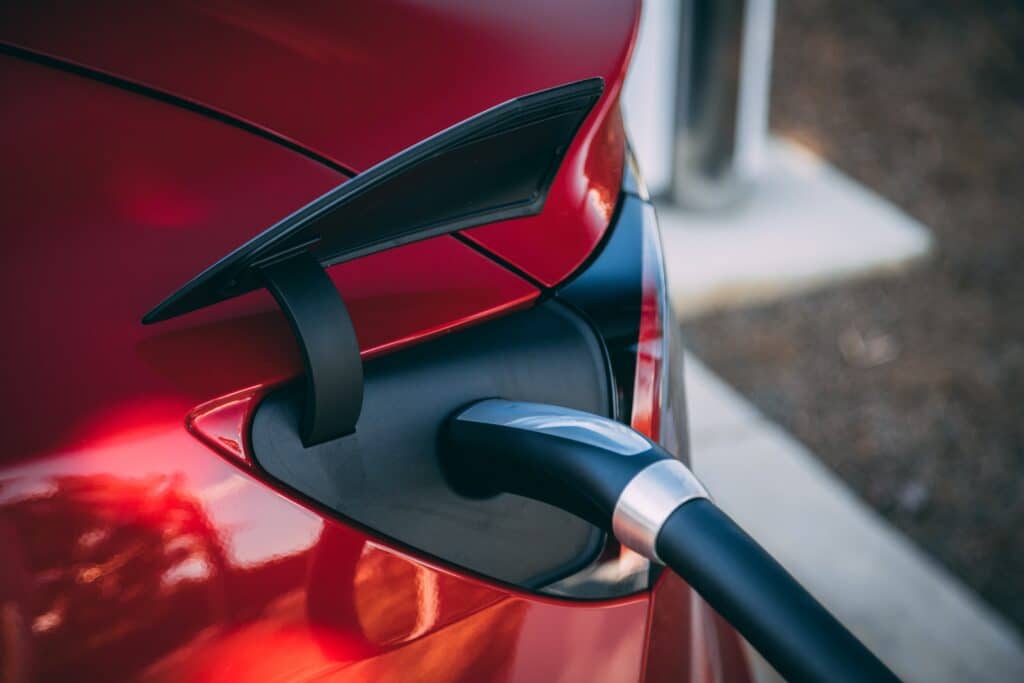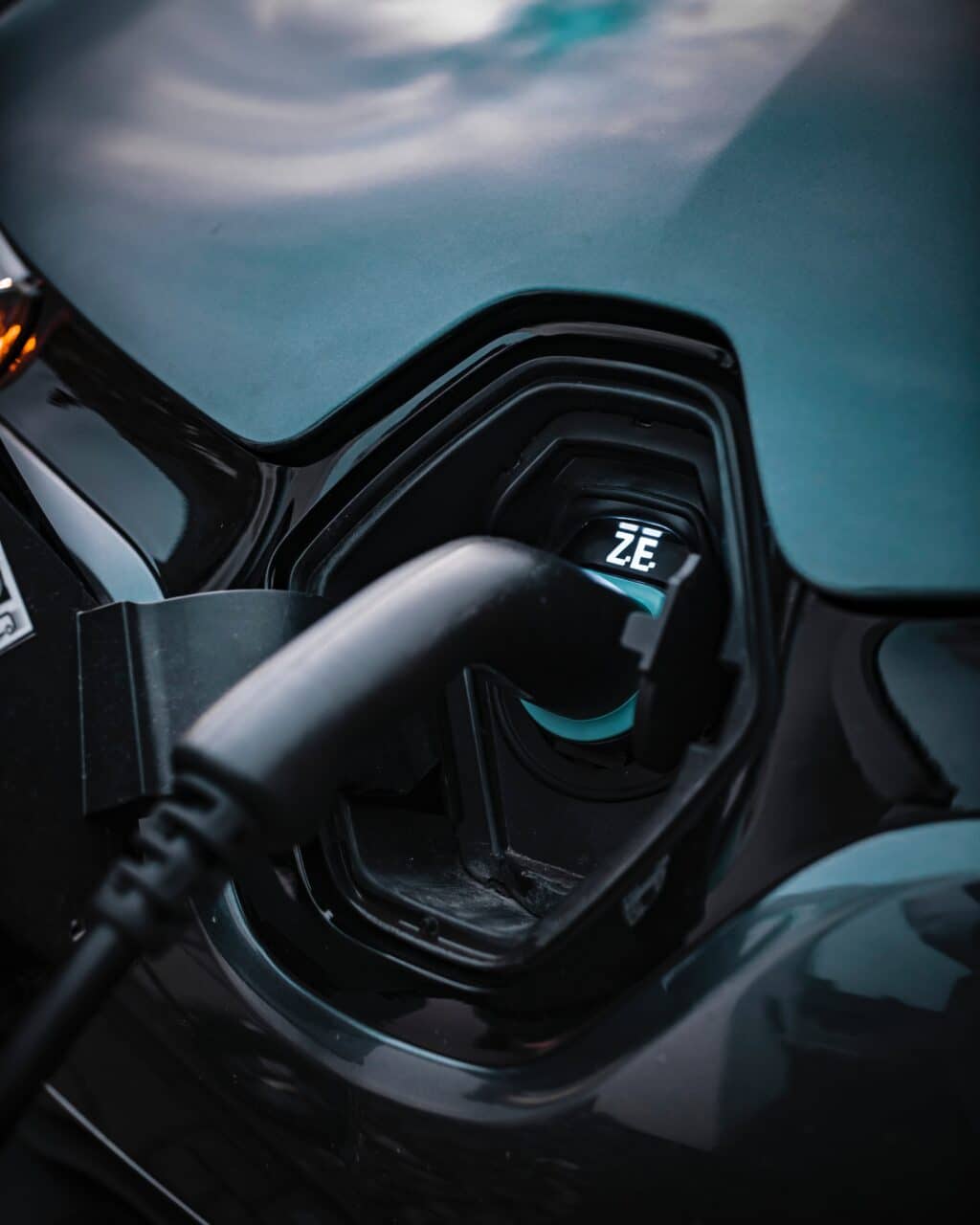Electric vehicles (EVs) have taken the automotive industry by storm in recent years and for good reason. As concerns about climate change and air pollution intensify, people are increasingly turning to electric cars as a cleaner and more sustainable mode of transportation.
With zero tailpipe emissions and lower operational costs, EVs offer a promising solution to reducing our carbon footprint.
However, one of the key challenges to widespread EV adoption has been the availability and convenience of charging infrastructure. Without a robust and accessible charging network, electric cars can be limited in their range and practicality.
To overcome the limitations of EV range and enhance their practicality, improving the charging infrastructure is essential. Leading this effort are companies like Tesla and ChargePoint, alongside innovations in commercial EV charging stations by All Copy Products, which help businesses competitively integrate new technologies from planning through execution.
These installations are important in creating a reliable infrastructure that supports EV owners in both urban and rural areas. By expanding this network, the barriers to EV adoption are lowered, making electric vehicles a more viable option for a broader range of drivers.
This approach not only supports existing EV owners but also encourages others to consider making the switch, fostering a more sustainable future.
Thankfully, there have been significant advancements in electric car charging technology that are revolutionizing sustainable mobility. Here’s what you need to know.
IMAGE: UNSPLASH
Rapid Advancements In Charging Technology
The need for faster charging times has driven the development of high-speed DC (Direct Current) fast charging solutions. These chargers utilize higher voltage and power levels to deliver a significant amount of energy to the vehicle’s battery in a short period.
With advancements in battery technology and charging infrastructure, many EVs can now achieve an 80% charge in just 30 minutes or less, making long-distance travel more feasible in these vehicles.
Wireless charging is another major advancement in the works for charging technology. Imagine a world where you no longer need to plug in your electric car to charge it. Wireless charging technology, also known as inductive charging, is making this a reality.
By using magnetic fields to transfer energy between a charging pad on the ground and a receiver on the vehicle, wireless charging eliminates the hassle of physical cables. This technology is still in its early stages but holds tremendous potential for revolutionizing EV charging convenience.
Expanding Charging Infrastructure
One of the key developments in sustainable mobility is the rapid expansion of public charging infrastructure. There are different types of charging stations available that can impact how quickly your vehicle recharges.
A Hyundai charging station, for instance, with a fast 50kW charger can often get your Hyundai vehicle to 80% of a full charge in less than 2 hours.
By adding infrastructure that allows for faster 100kW power stations, electric car owners, like those with a Hyundai, may be able to get to 80% of charge in around 30 minutes. That’s the amount of time some people spend in the grocery store.
Governments, utility companies, and private businesses are investing heavily in the installation of public charging stations in urban areas, along highways, and in parking lots. This network of chargers provides EV owners with the peace of mind that they can charge their vehicles conveniently, even when away from home.
To further enhance the convenience of EV ownership, home charging solutions have become increasingly popular. Many electric car owners choose to install Level 2 chargers in their homes, which offer faster charging speeds compared to standard Level 1 chargers.
These Level 2 chargers can be installed in garages or driveways and provide a convenient and cost-effective way to charge EVs overnight.
Smart Charging And Grid Integration
With the advent of smart charging systems, EV owners can optimize their charging schedules to take advantage of lower electricity rates or renewable energy availability.
These systems use advanced algorithms and data analytics to determine the best times to charge based on factors such as energy demand, grid capacity, and cost. By utilizing smart charging, EV owners can reduce their charging costs and support grid stability.
Another exciting development in electric car charging is vehicle-to-grid (V2G) integration. V2G technology allows EVs to not only consume energy from the grid but also return energy back to it.
This bidirectional flow of electricity enables EVs to serve as mobile energy storage units, contributing to grid stability and supporting renewable energy integration. V2G integration has the potential to create a more resilient and sustainable energy system.
Future Outlook And Conclusion
As we delve into the latest developments in electric car charging, it becomes clear that sustainable mobility is on the brink of a revolution. High-speed DC fast charging, wireless charging, and expanding charging infrastructure are transforming the EV landscape, making electric vehicles more accessible and convenient for everyone.
Furthermore, smart charging systems and vehicle-to-grid integration promise to enhance the overall efficiency and sustainability of our energy systems. These advancements are not only benefiting individual EV owners but also contributing to a greener future by reducing greenhouse gas emissions and dependence on fossil fuels.
IMAGE: UNSPLASH
If you are interested in even more technology-related articles and information from us here at Bit Rebels, then we have a lot to choose from.


COMMENTS